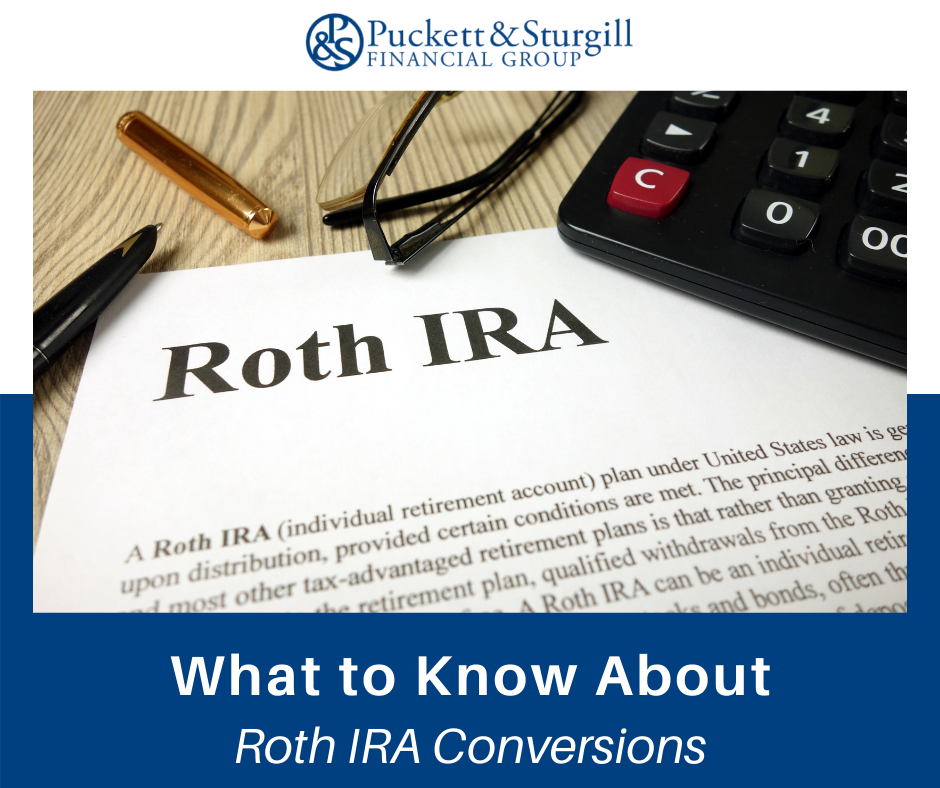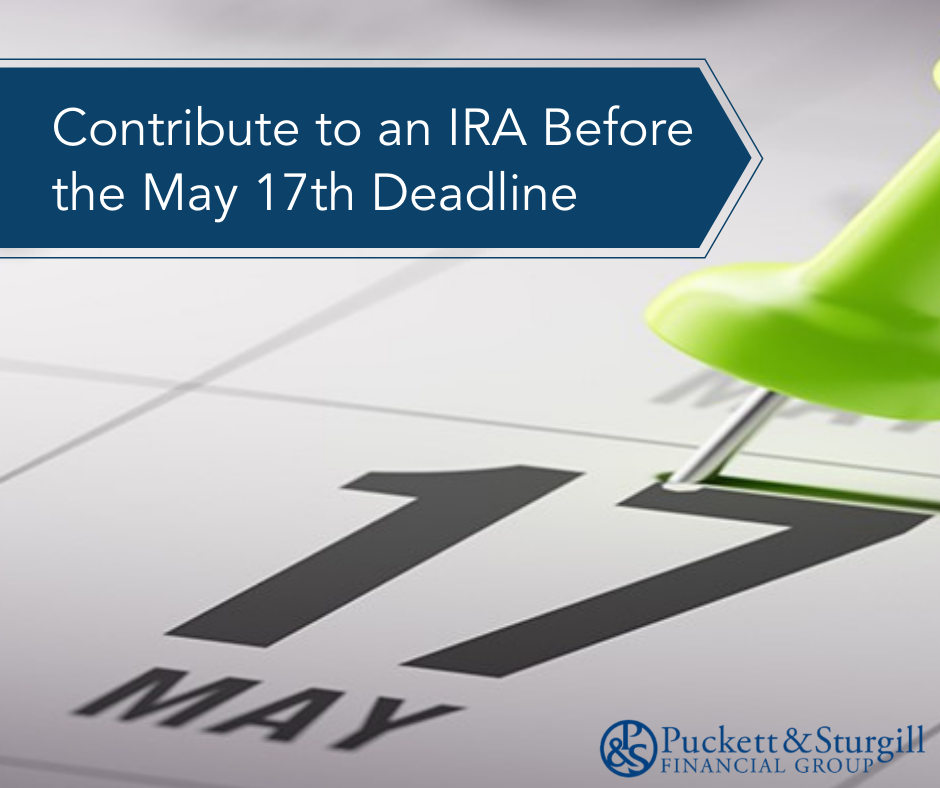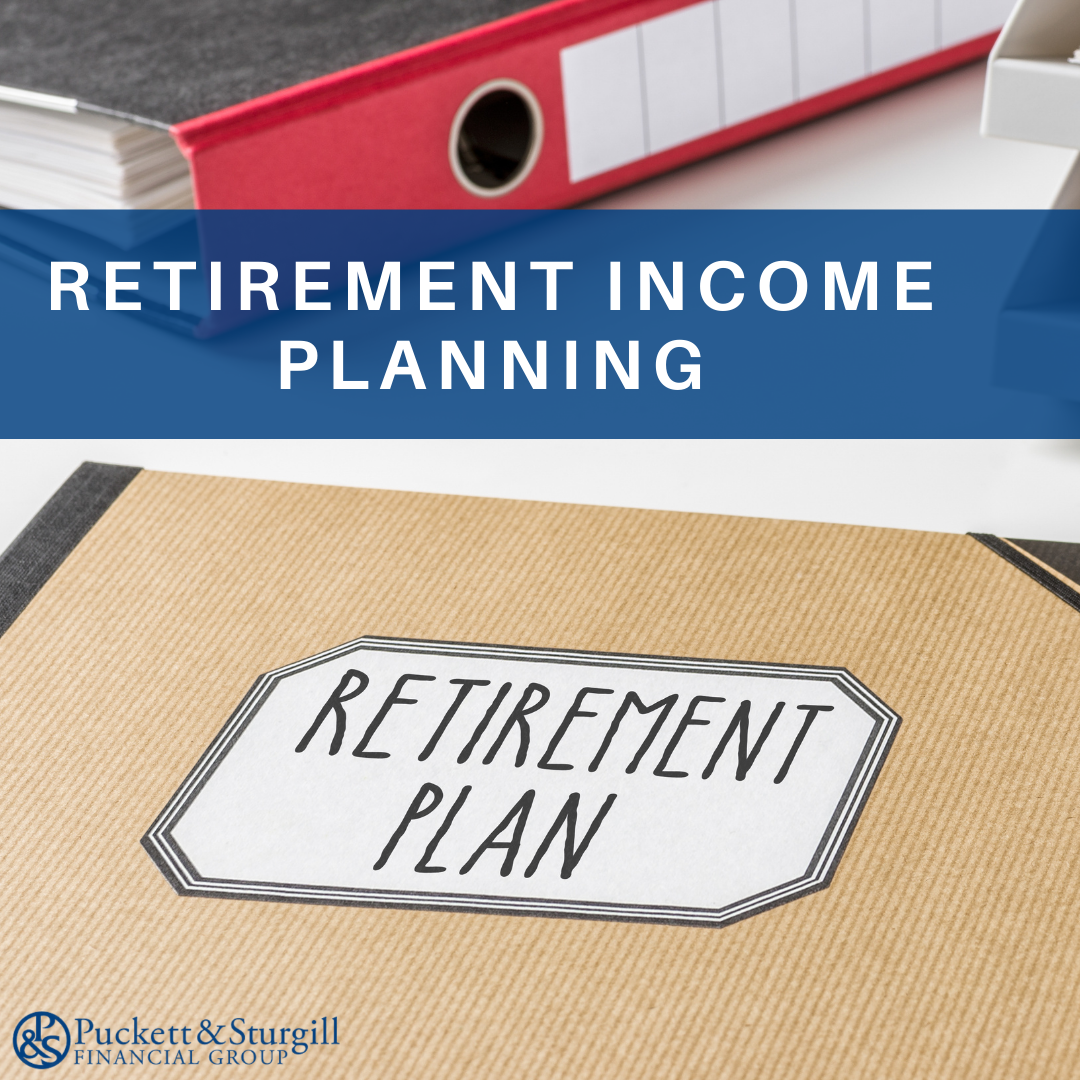
Key Considerations as You Start Receiving Social Security Benefits
As your retirement draws closer, you will probably start to have lots of questions such as: How much Social Security will I receive? When should I retire? How will I know when to retire? Do I have enough saved? What will I need to do to maintain health insurance after I retire? The answers to these questions can vary widely depending on your income, your job duties, and your assets. However, there are a few factors that everyone should keep in mind when you begin making your retirement decisions. Keep reading to learn more about three key considerations relating to your future Social Security benefits. Your Full Retirement Age (FRA) If, like many, you are planning to rely on Social Security benefits as a key component of your retirement income, your FRA may dictate your retirement age. Those born in 1954 and earlier can reach FRA at age 66, while those born 1960 and after will not reach FRA until age 67.1 Claiming your Social Security benefits before you reach FRA will lower your monthly benefit for life, so it’s not a decision that should be entered into lightly. If you like your job and can keep it through your FRA, it may make sense to do so. Not only will it increase your monthly retirement benefit, but it will also provide you with a longer earnings history and allow you to save more and/or pay off debt before you retire. Your Health and Projected Lifespan Your decision on when to retire (and when to begin claiming Social Security retirement benefits) can often depend on how long you expect to receive these benefits. If you have a family history of longevity,












